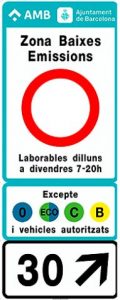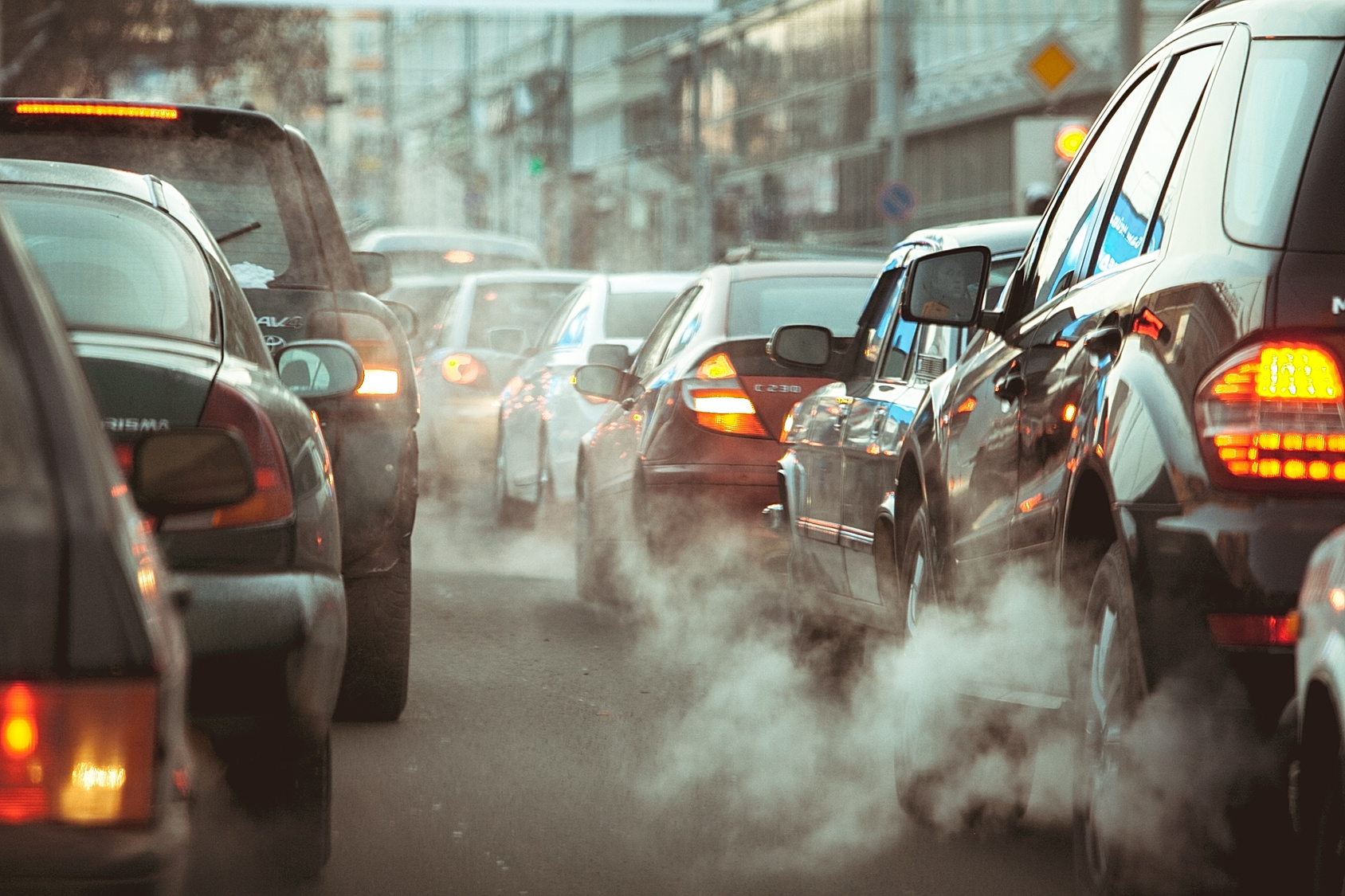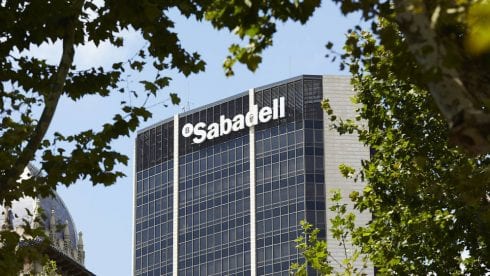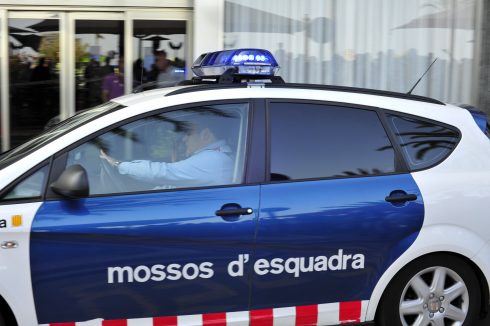IT is the largest low-emissions zone in southern Europe.
From this week, drivers of old cars are being penalised from driving into a big 95 km square area of Barcelona.
READ MORE:
- Spain almost entirely eliminates burning of coal for electricity some 10 YEARS ahead of schedule thanks to EU regulations
- 44-year-old plastic yoghurt pot found ‘intact’ on popular Costa Blanca beach
Petrol cars registered before 2000 and diesel cars older than 2006 will be banned and face a fine of €100 to €500 each time they enter the zone.
The new ruling is expected to take 50,000 fewer cars out of the area from its first week.

But deputy mayor Janet Sanz hopes it will reduce the number of cars in the city by 125,000 within three years.
The levels of air pollution should drop by 20% within four years.
Furthermore, if the targets aren’t met, the city will introduce a London-style congestion charge for all vehicles.
“It’s a combination of reducing pollution but reconfiguring public space so that everyone can enjoy it,” said Sanz.
During a three month moratorium offenders picked up on 150 cameras will receive notification of the infraction but not be fined.
Unlike a similar zone in central Madrid, the ban covers the entire metropolitan area, or 20 times larger.
In the Madrid zone, levels of nitrogen dioxide (NO²) fell by 48% in a year.
Both cities frequently exceed World Health Organization levels for Nitrogen Oxide and other pollutants.

The low-emissions zone is designed to complement the city’s so-called ‘superblocks scheme’, in which areas made up of nine blocks are closed to through traffic and partly pedestrianised.
There are currently six superblocks, with 11 more at various stages of completion.
The plan envisages a total of 503 encompassing almost all the city.
The city hopes the scheme will encourage people to use the city’s excellent public transport system.
And the authorities have introduced new tariffs, including a travel card offering unlimited journeys on buses and trains within the metropolitan area for just €40 a month.
Owners of banned vehicles who earn less than €8,000 a year will be exempt, as well as delivery vehicles.
Banned vehicles will be allowed to enter the city 10 times a year.










